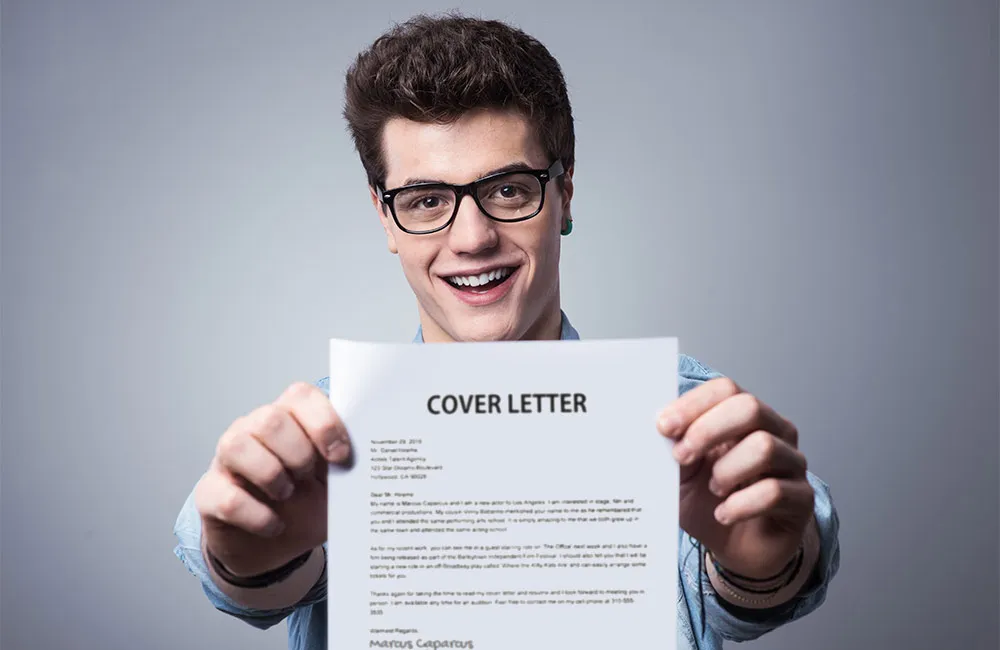Understand the Purpose of a Cover Letter
A cover letter is your first opportunity to make a strong impression on a potential employer and it is an essential part of your job application package. It serves as a personal introduction, offering a glimpse into your personality, skills, and experience. Unlike a resume, which provides a summary of your qualifications, a cover letter allows you to elaborate on your accomplishments, explain why you’re a good fit for the role, and express your enthusiasm for the opportunity. It’s your chance to show the hiring manager that you’re not just qualified, but that you’re the ideal candidate. Therefore, crafting a compelling cover letter is critical to getting your foot in the door. It’s more than just a formality; it’s your chance to make your application stand out from the competition.
Highlight Your Skills and Experience
Your cover letter should highlight the skills and experiences most relevant to the job you are applying for. Don’t simply repeat what’s in your resume. Instead, provide context and demonstrate how your skills have been applied to achieve tangible results. Use specific examples and quantify your achievements whenever possible. For instance, instead of saying you ‘managed social media accounts’, you might say ‘Increased social media engagement by 30% in six months by implementing a new content strategy’. This level of detail helps the hiring manager quickly understand the value you can bring to their organization. Consider the key requirements of the job and select the experiences and skills that directly align with those needs. Tailoring your letter to each application shows that you’ve put thought and effort into it, which is a crucial step in setting yourself apart from other candidates.
Tailor Your Cover Letter to the Job
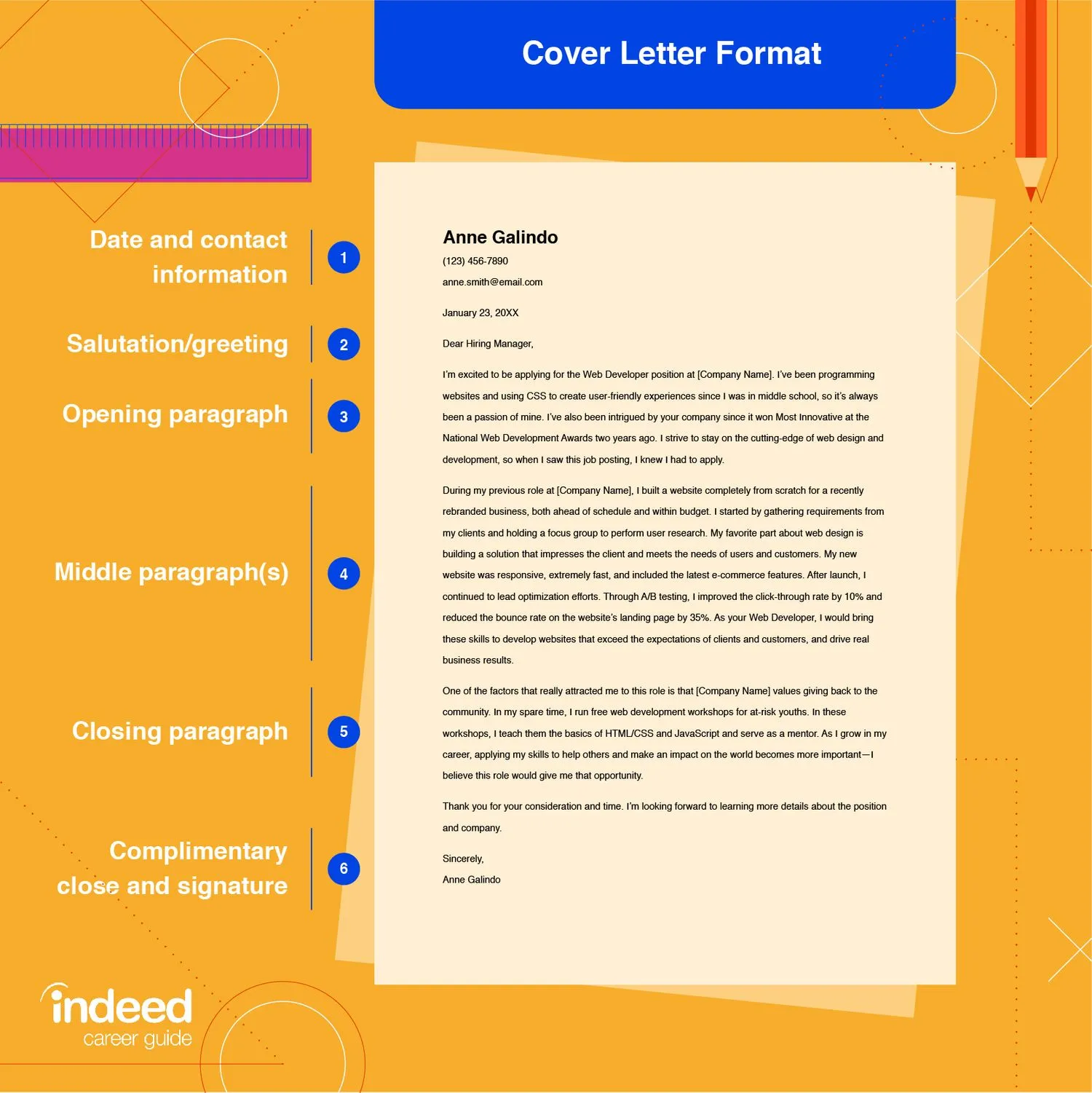
Generic cover letters rarely make a lasting impact. The best cover letters are those tailored to the specific job and company. This shows the hiring manager that you’ve invested time and effort into understanding their needs and that you’re genuinely interested in the role. A tailored cover letter demonstrates to a potential employer that you are a perfect fit for the role, showing that you’ve considered the specific requirements and have the necessary skills and experience. It’s a proactive way to show that you’re not just applying for any job, but that you’re specifically interested in this one, with this company.
Research the Company
Before you begin writing, research the company thoroughly. Visit their website, explore their social media profiles, and read any recent news articles or press releases. This will give you insight into their mission, values, and recent projects. Use this information to tailor your letter, demonstrating that you understand their business and goals. Mentioning specific projects or initiatives that resonate with you can showcase your genuine interest and help you connect with the hiring manager. Make sure to tailor your language to match the company’s tone. If the company values innovation and creativity, let your personality shine. Researching the company shows that you are genuinely interested.
Analyze the Job Description
Carefully analyze the job description to identify the key requirements, skills, and qualifications the employer is seeking. Highlight how your skills and experience align with these needs, providing specific examples from your past. Use keywords from the job description throughout your letter, but avoid simply repeating them. Instead, weave them naturally into your sentences and paragraphs. By addressing the specific requirements outlined in the job description, you demonstrate that you understand the role and possess the necessary qualifications. Show the hiring manager how you can contribute to the company’s success. This focused approach makes your cover letter more compelling and relevant.
Structuring Your Cover Letter

A well-structured cover letter is easy to read and helps the hiring manager quickly understand your qualifications. A clear structure allows the reader to quickly find the most important information, making your letter more impactful. Use a professional and organized layout to highlight key points and maintain their interest. The standard format typically includes a header with your contact information, a salutation, an opening paragraph, body paragraphs, and a closing paragraph. Each section has a specific purpose in conveying your qualifications and showcasing your interest in the position. Following this structure helps ensure that you present your information in a clear, concise, and engaging manner, maximizing the impact of your cover letter.
Header and Contact Information
Start your cover letter with a professional header that includes your contact information. This should typically include your full name, phone number, email address, and optionally, your LinkedIn profile URL. Ensure that your email address is professional and appropriate. Include the date and the hiring manager’s name, if you have it, along with the company’s address. This information should be clearly displayed at the top of the page, making it easy for the hiring manager to reach you and quickly identify the sender. By including this information, you ensure easy accessibility and present yourself as organized and prepared, which is a crucial first impression.
Salutation
The salutation sets the tone for your cover letter. If possible, address the hiring manager by name. Research the hiring manager’s name and use it to personalize your message. It shows that you’ve taken the time to find out who will be reading your application. A personalized salutation helps establish a more personal connection and demonstrates your attention to detail. If you cannot find a specific name, use a professional greeting, such as ‘Dear Hiring Manager,’ or ‘Dear [Department Name] Team.’ Avoid generic greetings such as ‘To Whom It May Concern,’ as they can make your letter feel impersonal. The salutation is the start of making a good impression.
Opening Paragraph – Grab Attention
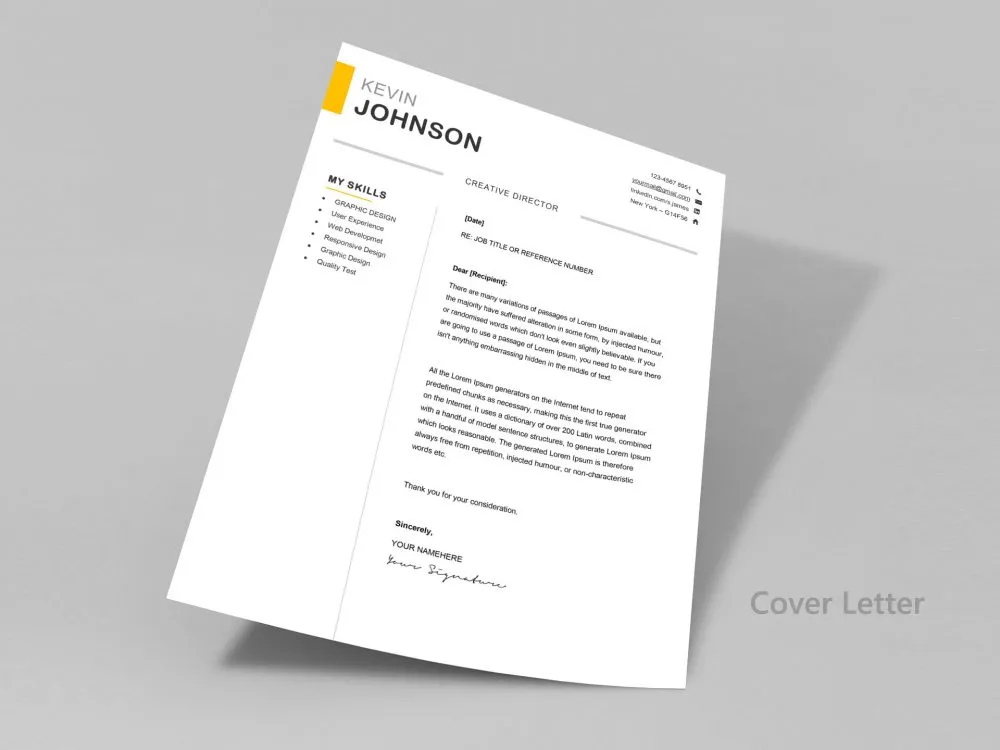
Your opening paragraph is your chance to grab the hiring manager’s attention. Start with a concise and compelling statement that highlights your interest in the position and the company. Mention the specific role you are applying for and briefly explain why you are excited about the opportunity. Consider starting with a strong statement or a relevant achievement that immediately showcases your value. Avoid generic opening lines like, ‘I am writing to express my interest in the position.’ Instead, focus on your enthusiasm, and tailor your opening to the specific job and company. A strong opening paragraph sets the stage for the rest of your letter and encourages the hiring manager to continue reading. Your first few sentences must make an impact.
Body Paragraphs – Show Your Value
The body paragraphs are where you demonstrate your skills, experience, and qualifications. Structure your paragraphs to showcase relevant examples that highlight your achievements. Use the STAR method (Situation, Task, Action, Result) to provide context and demonstrate the impact of your work. For each skill or experience you highlight, provide specific examples of how you applied that skill and the results you achieved. Focus on what you can bring to the company and the value you offer. The body of your cover letter is a critical area, and each paragraph should reinforce your ability to excel in the role. Ensure you convey your abilities and show what you have done in previous experiences.
Quantify Your Achievements
When describing your achievements, use quantifiable data to demonstrate your impact. Numbers and metrics add credibility to your claims and help the hiring manager understand the value you bring. Instead of saying ‘Improved customer satisfaction,’ say ‘Increased customer satisfaction by 15% through implementing a new feedback system.’ Use specific numbers to showcase your accomplishments. Quantifying your achievements makes your claims more concrete and impressive. Focus on measurable results that demonstrate the impact of your actions. Highlighting measurable results provides tangible evidence and strengthens your case. Providing these quantifiable achievements make your letter stand out.
Use Action Verbs
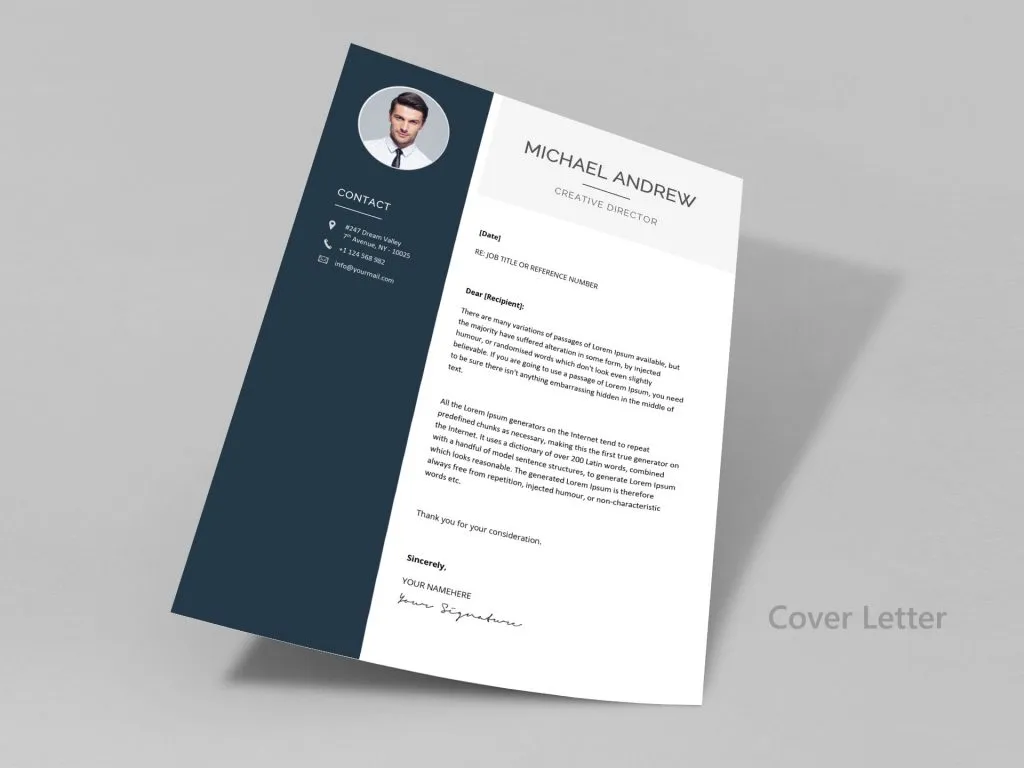
Use strong action verbs to make your cover letter more dynamic and engaging. Action verbs create a sense of activity and show what you did in previous roles. Instead of passive phrases, such as ‘Was responsible for,’ use active verbs like ‘Managed,’ ‘Developed,’ ‘Implemented,’ or ‘Led.’ This creates a more compelling narrative and highlights your accomplishments. Review your letter and replace weak verbs with stronger, more action-oriented words. Choose verbs that best describe your actions and the results you achieved. Using strong action verbs makes your cover letter more persuasive and demonstrates your ability to take initiative and get things done. Using action verbs is a critical aspect of showing potential employers your drive.
Closing Paragraph – Call to Action
End your cover letter with a strong call to action. Express your interest in the position and reiterate your enthusiasm for the opportunity. Indicate your availability for an interview and thank the hiring manager for their time and consideration. Keep the tone professional and confident. A clear call to action encourages the hiring manager to take the next step, signaling your readiness to move forward in the hiring process. Offer a specific way to contact you and thank them for considering your application. Ensure your closing paragraph leaves a lasting positive impression. The call to action allows you to reiterate your enthusiasm and makes the hiring manager more inclined to contact you.
Formatting and Presentation
The formatting and presentation of your cover letter are just as important as its content. A well-formatted cover letter is easy to read and reflects your professionalism. Poor formatting can detract from your message, so it’s essential to pay attention to these details. Ensure your cover letter is visually appealing and easy for the hiring manager to navigate. Choose appropriate fonts, maintain consistent spacing, and proofread your document thoroughly. Your letter’s appearance is a crucial part of making a good impression. A properly formatted cover letter is clear and easy to read, which makes your qualifications stand out.
Font and Font Size
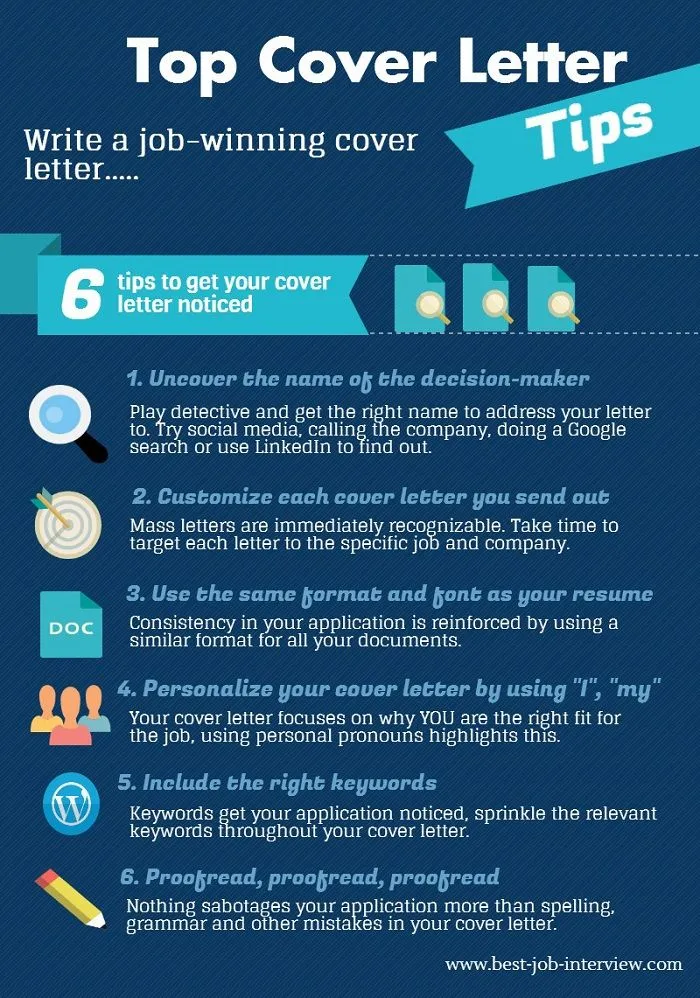
Choose a professional and readable font for your cover letter. Stick to standard fonts such as Times New Roman, Arial, or Calibri. Use a font size between 10 and 12 points for easy readability. Ensure consistency in font choice throughout your document. Avoid using overly decorative or unusual fonts, as they can make your cover letter difficult to read. The font size should be large enough to read without straining the eyes. A clear and readable font reflects your attention to detail and professionalism. Using the right fonts and font sizes makes your letter easily read.
Margins and Spacing
Use standard margins (1 inch on all sides) to ensure your cover letter looks clean and organized. Use single-line spacing for the body of your letter. Add extra space between paragraphs to enhance readability. Proper spacing prevents your letter from appearing cluttered and helps the hiring manager quickly scan the content. Consistent spacing throughout your document enhances its professional appearance. A well-spaced cover letter is more inviting and easier to read. These formatting standards create a document that is easily read.
Proofreading and Editing
Proofread your cover letter meticulously for any grammatical errors, typos, and punctuation mistakes. A polished cover letter reflects your attention to detail and professionalism. Use spell-check and grammar-check tools, but don’t rely on them entirely. Always read your cover letter carefully, or have someone else review it for you. Errors can undermine your credibility and make you appear careless. Ensure your language is clear, concise, and error-free. A thoroughly proofread and edited cover letter makes a strong impression. These steps help demonstrate your attention to detail.
Key Elements to Include
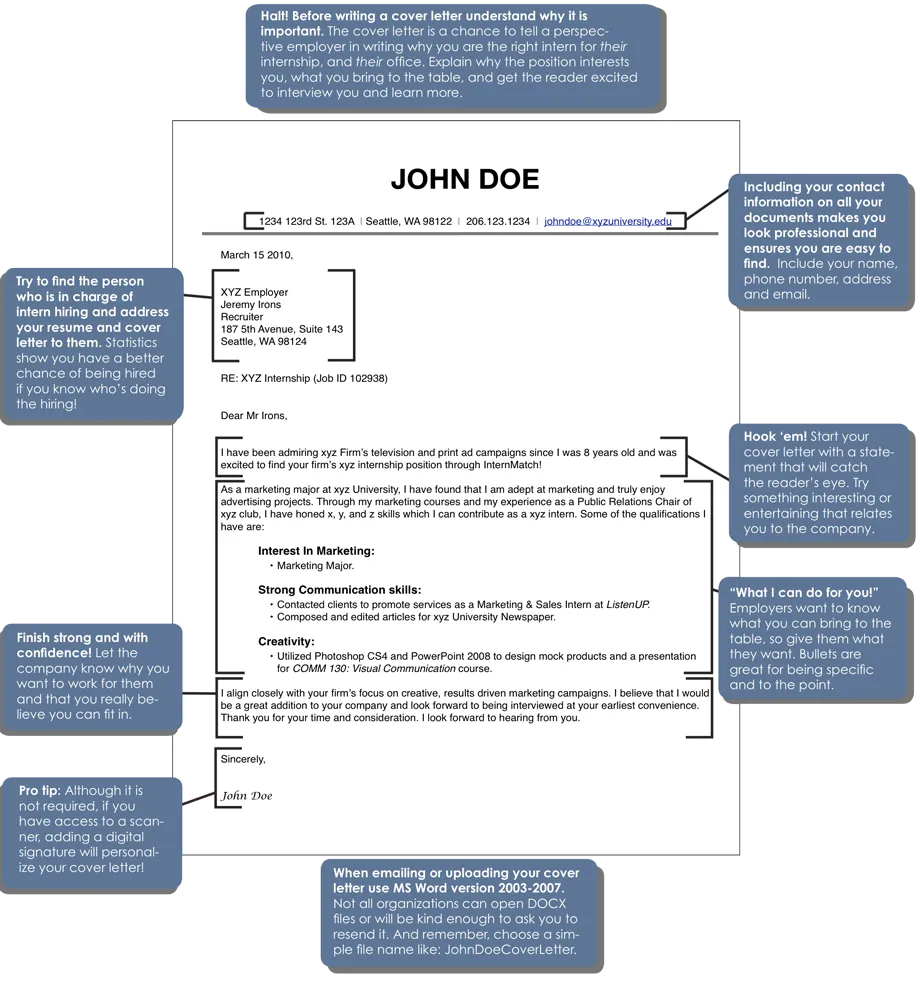
Several key elements should be included in your cover letter to make it effective. These components work together to highlight your qualifications and make a positive impression. These include the skills and qualifications, relevant experience, and showing enthusiasm. Focusing on these elements is essential for creating a cover letter that sells. This makes a positive impression on the potential employer. Including these elements is essential when crafting a cover letter.
Skills and Qualifications
Highlight the skills and qualifications that align with the job requirements. Make sure to identify the most important skills the employer is looking for. Demonstrate how your abilities match the specific needs of the position. Provide concrete examples of how you have used these skills to achieve positive results. Use action verbs to illustrate your capabilities. By focusing on the skills and qualifications, you show the hiring manager that you are a perfect fit for the role. This makes your cover letter relevant and convincing.
Relevant Experience
Showcase your relevant experience, providing specific examples of your accomplishments. Describe your previous roles, highlighting how your work experience prepared you for the job. Quantify your achievements whenever possible to make your claims more concrete and impactful. Focus on experiences that are most pertinent to the position you are applying for. By emphasizing your relevant experience, you illustrate your capabilities and demonstrate your potential. Showing the hiring manager your prior experience helps establish yourself as a solid candidate. Make sure your experience aligns with the job description.
Show Enthusiasm
Express your genuine enthusiasm for the position and the company. Your enthusiasm can make your cover letter more engaging and memorable. Explain why you are interested in the role and how your goals align with the company’s mission. Show your personality through your writing and convey your excitement about the opportunity. Enthusiasm shows you are motivated to work for the company. When showing enthusiasm, you convey your interest in the role and the company. This is an essential element of an effective cover letter.
Avoid Common Mistakes
Several common mistakes can undermine your cover letter. Avoid these pitfalls to ensure your application makes a positive impression. The mistakes include generic content, typos and grammatical errors, and the length and tone. By avoiding these mistakes, you can improve your chances of success.
Generic Content
Avoid using a generic cover letter template. Personalize each letter to the specific job and company. Generic content shows a lack of effort and interest. Tailor your letter to the specific job and company to make your application more impactful. Customizing your cover letter demonstrates your attention to detail. Make sure your cover letter is tailored to the specific job.
Typos and Grammatical Errors
Always proofread your cover letter carefully for any typos, grammatical errors, and punctuation mistakes. Errors can make you appear careless and unprofessional. Use spell-check and grammar-check tools, but don’t rely on them completely. Have someone else review your letter for any errors you might have missed. Thorough proofreading demonstrates attention to detail. Correcting all errors helps make your letter much more impactful.
Length and Tone
Keep your cover letter concise and professional. Aim for one page, as hiring managers often have limited time to review applications. Maintain a professional tone throughout the letter, avoiding overly casual language. Use a tone that is appropriate for the company culture. A concise and professional tone makes your letter much more impactful. A short, easy to read cover letter helps get your message across.
